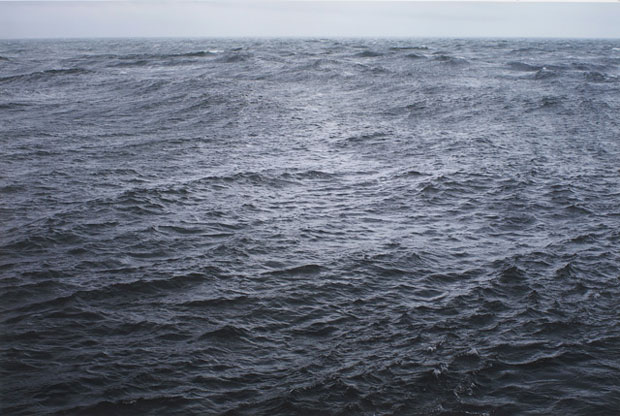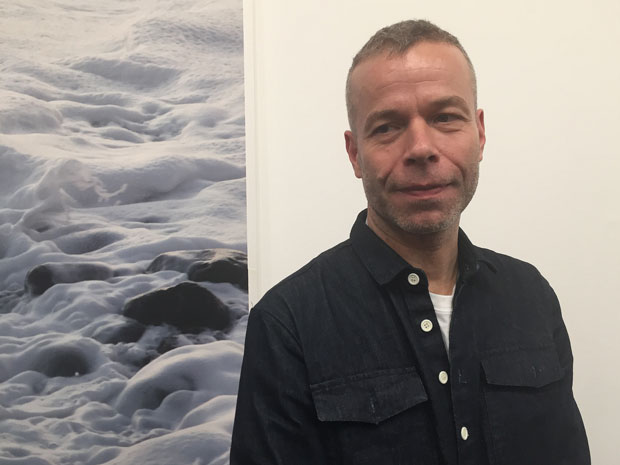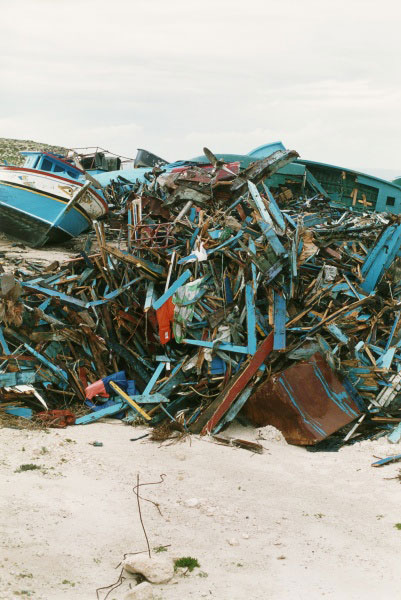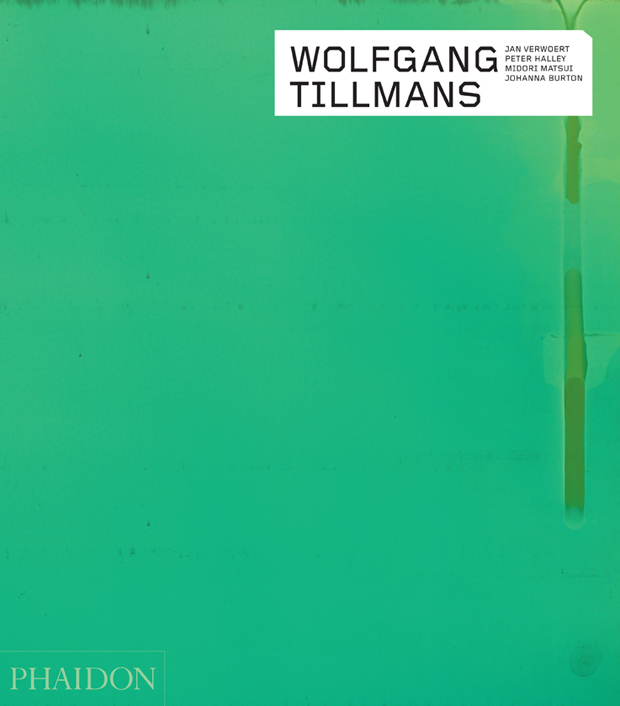
Why Wolfgang Tillmans is 'A Renaissance Man for the 21st Century' by The Tate's Chris Dercon
During his introduction to the new Wolfgang Tillmans Tate Modern exhibition last week, Chris Dercon the outgoing Tate Modern Director and curator of the show called Tillmans “a renaissance man for the 21st century.”
Tillmans, he told Phaidon.com “has an instinct. He’s not a prophet but he has an eye for where things might go and that's because he has an eye for the world. People ask me how to describe this guy Wolfgang Tillmans. He is, of course, in the first place an artist but he loves photography. He cares for the world, not just his world, the inner circle, but the world. The world of politics, of youth, the world of issues, of bio-politics, the world of commerce, of redistribution and, of course, also the world of these ugly years.

Nowhere does Dercon’s description of Tillmans seem as apt as it does when the visitor to The Tate encounters the work displayed in the final, perhaps most powerful, room of a dense, yet wonderfully curated, show. It's in this room, a border of sorts, that Tillmans’ work most directly related to the migrant crisis is exhibited. While leading us through it co-curator Helen Sainsbury commented last week:
“The works in this room are very beautiful. They are amazing depictions of landscape. They also tell us something about how Tillmans’ relates to the whole world and to the way in which we think about ourselves in relation to the world.
"The State We’re In was taken at a time when he was working on a previous show and able to get access to the Atlantic," She explained. Pointing to The State We're In (our lead image at the top of the story) Sainsbury said: "I think the granite-like structure of this particular image is so powerful. And the title he has used for it really has a more poignant tinge to it when you think about it in the context of borders of immigration and of migrants trying to escape terrible things in their own countries. But he (Tillmans) brings us to a neutral territory. Something that is boiling up but isn’t quite sort of exploding. So we’re made very aware of that relationship.

"Likewise," she said, pointing to the smaller images in the room, "these are a much more literal depiction of those borders. Some of them are chilling: for example the image of the searchlight on waves or the broken up set of boats. These really are from Lampedusa Island - evidence of the constant search for refugees and the boats they come in that are then destroyed so that they can’t be used to bring more people over.
Very poignant to think about what that means for the people who were on those boats but even perhaps more so for the ones that didn’t make it onto those boats or didn’t make it across.
Then there’s the ‘everyday’ of borders – the kind of silly signs you see at airports which make you question why you're reading them. But actually it’s about safety, about security, and it’s about fear as well. So it's highlighting all those sides of us as opposed to human beings crossing borders and merging.”
Check out the show here and if you’re planning on going and want to get the most out of it buy our Contemporary Artist Series book, Wolfgang Tillmans.
